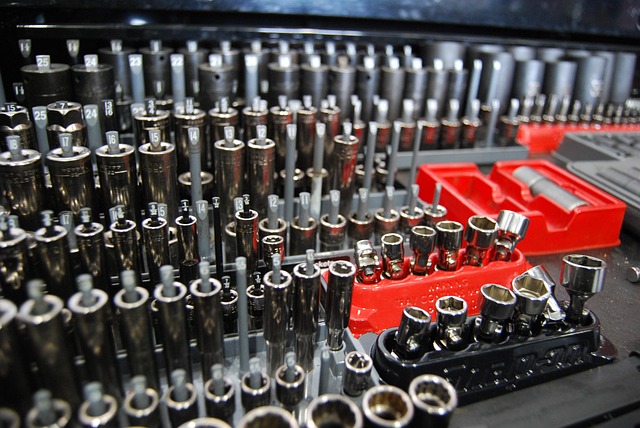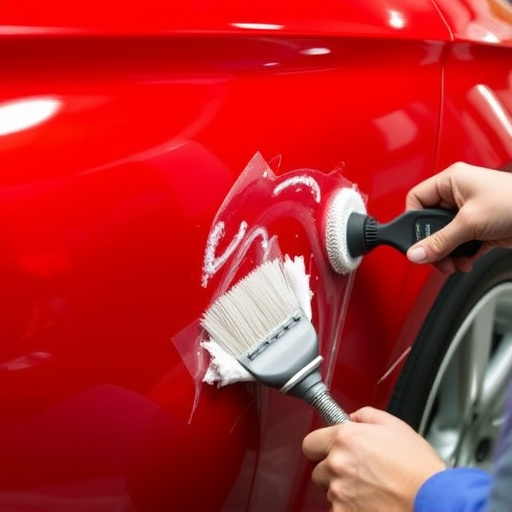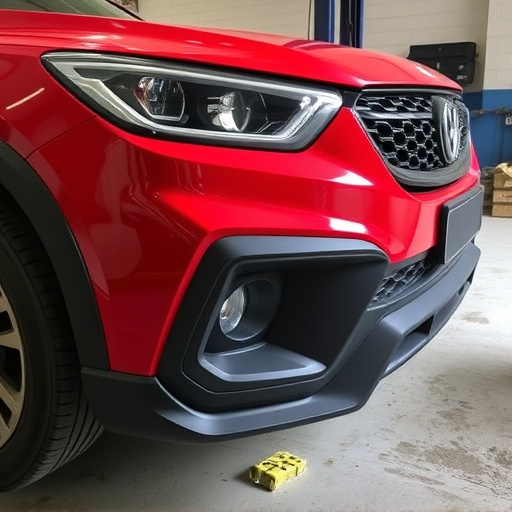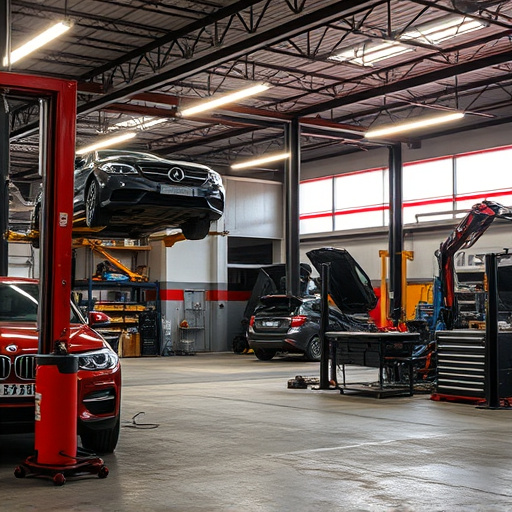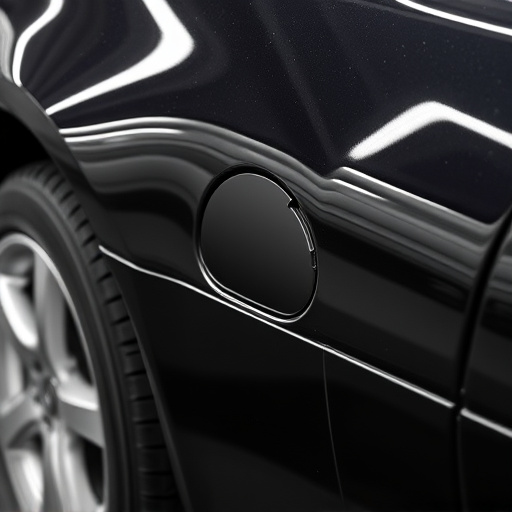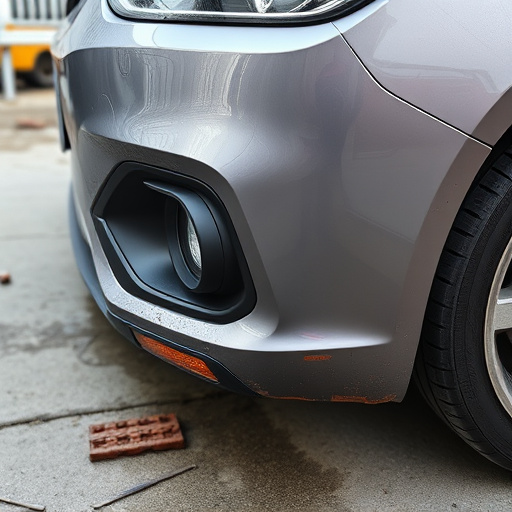Structural adhesive systems revolutionize automotive safety by enhancing crashworthiness through precise bonding of diverse materials in car body repairs. These adhesives offer superior strength, efficient repairs, and weight reduction, contributing to improved vehicle rigidity, energy distribution, and fuel efficiency. They minimize the need for invasive methods like welding, ensuring structural integrity and aesthetic appeal in modern automotive design.
Structural adhesive systems play a pivotal role in enhancing vehicle crashworthiness, offering significant advantages over traditional fastening methods. This article delves into the crucial aspect of crashworthiness, exploring how these advanced adhesives improve safety and structural integrity. We’ll examine the benefits, applications, and impact of integrating structural adhesive systems, providing insights into their transformative effect on automotive design and passenger protection.
- Understanding Crashworthiness: The Role of Adhesives
- Advantages of Structural Adhesive Systems in Vehicles
- Application and Impact: Enhancing Safety with Adhesives
Understanding Crashworthiness: The Role of Adhesives

Crashworthiness refers to a vehicle’s ability to protect its occupants during a collision, minimizing the risk of severe injuries or fatalities. This is a critical aspect of automotive safety engineering that involves ensuring structural integrity and energy absorption during crashes. Adhesives play a pivotal role in achieving this by binding various components together, creating a robust structure that can withstand high-impact forces.
Structural adhesive systems are increasingly recognized as game-changers in the realm of car repair shop and vehicle repair services, offering enhanced crashworthiness compared to traditional fastening methods. These advanced adhesives provide superior bonding strength, enabling car body repair professionals to create seamless connections between metal panels, composite materials, and other structural elements. By seamlessly integrating these parts, structural adhesives contribute to the overall rigidity and energy distribution during a collision, ultimately reducing the impact on occupants.
Advantages of Structural Adhesive Systems in Vehicles

Structural adhesive systems have revolutionized vehicle design and safety. Their primary advantage lies in their ability to bond different materials together with exceptional strength, creating a robust structural network. This interconnection is vital for enhancing crashworthiness, as it allows vehicles to deform safely during a collision, dissipating energy and reducing the impact on occupants. By strategically applying these adhesives, manufacturers can optimize vehicle structure, leading to improved safety ratings and better protection for passengers.
Moreover, structural adhesives offer numerous benefits over traditional fastening methods in autobody repairs. They provide precise bonding, enabling efficient repair processes, including scratch repair and more complex car repair services. This precision not only ensures structural integrity but also contributes to the overall aesthetic appeal of the vehicle. With their versatility and strength, these systems are an indispensable component in modern automotive design, fostering safer and more reliable vehicles on the road.
Application and Impact: Enhancing Safety with Adhesives
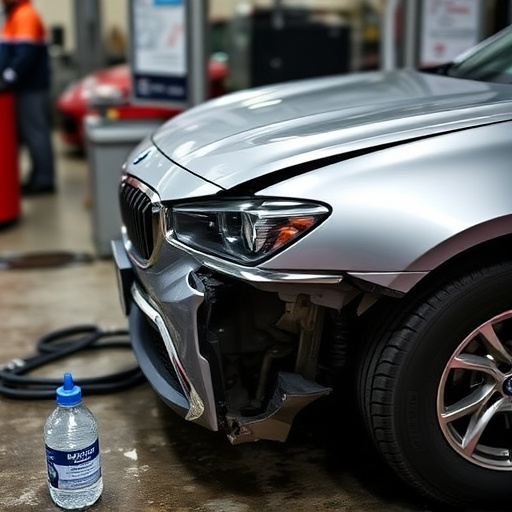
Structural adhesive systems have revolutionized vehicle safety by enhancing crashworthiness. These advanced bonding solutions are applied across various components, from body panels to interior parts, creating a robust network that improves energy absorption and deformation during collisions. By replacing traditional fastening methods, adhesives offer unparalleled precision and strength, ensuring optimal component alignment and integrity.
In the realm of automotive restoration and dent repair, structural adhesives play a pivotal role. Their ability to bond dissimilar materials seamlessly facilitates precise repairs, minimizing the need for invasive techniques like welding. Moreover, these adhesives contribute to enhanced overall vehicle performance by maintaining structural integrity while reducing weight, thereby improving fuel efficiency and handling.
Structural adhesive systems play a pivotal role in enhancing vehicle crashworthiness by providing robust bonding strength and rigidity. These advanced technologies not only improve safety but also enable lighter vehicle structures, contributing to better fuel efficiency. By seamlessly integrating adhesives into vehicle design, manufacturers can create safer, more efficient, and resilient transportation solutions.


